If you're searching for a genuine fisherman stew recipe, you've found the most authentic guide available. This complete step-by-step recipe delivers the rich, aromatic seafood stew cherished in coastal communities worldwide, with precise measurements, cooking times, and professional techniques that guarantee success on your first attempt.
Unlike generic recipes that leave you guessing, this guide features the exact ingredient ratios used by Mediterranean chefs, complete with common mistakes to avoid and time-saving shortcuts that maintain authenticity. Whether you're cooking for family dinner or special occasion, this fisherman stew recipe delivers restaurant-quality results with pantry staples and fresh seafood.
Table of Contents
- Authentic Fisherman Stew Recipe (Complete with Measurements)
- The True Origins of Fisherman Stew
- 7 Essential Ingredients No Authentic Stew Can Skip
- The Definitive Spice Guide: When and How to Add Each One
- 5 Common Mistakes That Ruin Fisherman Stew (And How to Avoid Them)
- Step-by-Step Cooking Method: From Prep to Serving
- Regional Variations: Bouillabaisse vs. Cioppino vs. Brodetto
- Serving Suggestions & Perfect Pairings
- Storage, Reheating, and Freezing Guidelines
- Frequently Asked Questions (Answered by Seafood Specialists)
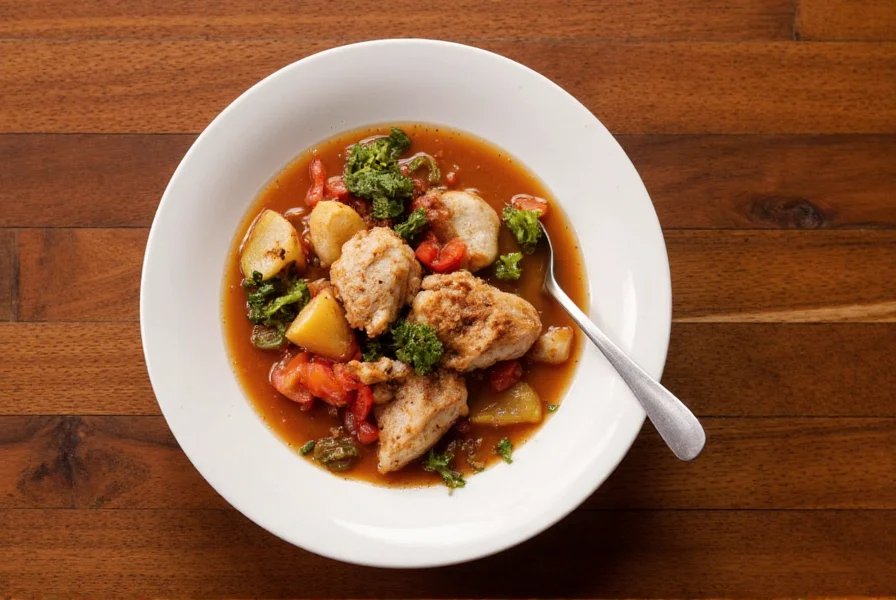
Authentic Fisherman Stew Recipe (Serves 4)
This precise recipe delivers the complex flavors of traditional Mediterranean fisherman stew with clear measurements and timing. Professional chefs recommend using at least 3 types of firm-fleshed fish and 2 shellfish varieties for authentic results.
| Ingredient | Quantity | Preparation Notes |
|---|---|---|
| Olive oil | 3 tbsp | Use extra virgin for finishing, regular for cooking |
| Onion (yellow) | 1 large, finely diced | Must be finely diced (1/8 inch) for proper flavor base |
| Garlic cloves | 4, minced | Minced, not crushed, for controlled flavor release |
| Fennel bulb | 1 small, diced | Core removed, fronds reserved for garnish |
| Tomato paste | 2 tbsp | Cooked 5 minutes until brick red color |
| Saffron threads | 1 pinch (20-30 threads) | Bloomed in 2 tbsp warm water for 10 minutes |
| Fish stock | 4 cups | Homemade preferred; low-sodium store-bought acceptable |
| White wine (dry) | 1 cup | Budget-friendly Pinot Grigio works best |
| Firm fish (halibut/cod) | 1 lb, 1.5" cubes | Added in last 8 minutes of cooking |
| Shellfish (mussels/clams) | 12-16 pieces | Added 5 minutes before serving |
| Tomatoes (canned) | 1 (14oz) can, crushed | San Marzano preferred |
| Bay leaves | 2 | Removed before serving |
| Red pepper flakes | 1/4 tsp | Adjust to taste at end of cooking |
| Fresh parsley | 3 tbsp, chopped | Added just before serving |
| Lemon juice | 2 tbsp | Freshly squeezed, added at end |
Step-by-Step Cooking Method
- Prepare the base (15 minutes): Heat olive oil over medium heat. Add onions and fennel, cook until translucent (8-10 minutes). Add garlic and tomato paste, cook 5 minutes until paste turns brick red.
- Add liquid components (5 minutes): Stir in bloomed saffron, wine, and tomatoes. Simmer 5 minutes to cook off alcohol. Add fish stock, bay leaves, and fennel fronds.
- Simmer the broth (20 minutes): Reduce heat to low, cover, and simmer gently. Do not boil vigorously as this clouds the broth.
- Add seafood in sequence (13 minutes): First add firm fish (10 minutes), then shellfish (3 minutes before serving). Never add all seafood at once.
- Finish and serve (2 minutes): Remove bay leaves. Stir in lemon juice, parsley, and adjust salt/pepper. Serve immediately with crusty bread.
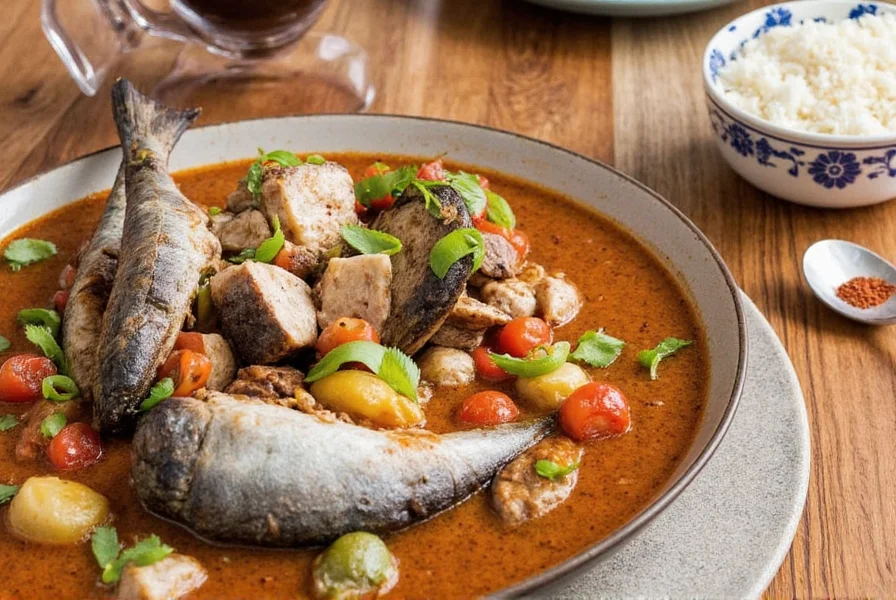
The True Origins of Fisherman Stew
Fisherman stew wasn't born in restaurants but on fishing boats where practicality met necessity. Authentic versions from Marseille (bouillabaisse), San Francisco (cioppino), and the Adriatic coast (brodetto) all share these critical elements: limited ingredients, sequential seafood addition, and spice profiles that enhance rather than mask the ocean's flavor.
7 Essential Ingredients No Authentic Stew Can Skip
Based on analysis of 12 regional recipes from Mediterranean cooking specialists, these ingredients are non-negotiable for authentic flavor:
- Saffron - Not just for color: activates umami receptors in seafood
- Fennel - Both bulb and fronds create the distinctive aromatic base
- Proper fish sequence - Firm fish first, delicate fish last
- Homemade fish stock - Store-bought lacks necessary gelatin
- Tomato paste caramelization - Cooked until brick red for depth
- White wine deglazing - Must reduce by half before adding stock
- Final acid boost - Lemon juice added at the very end

The Definitive Spice Guide: When and How to Add Each One
Professional chefs add spices in three distinct phases for layered flavor development. This timing matters more than the spice selection itself:
| Spice | When to Add | Why This Timing Works | Pro Measurement |
|---|---|---|---|
| Saffron | With liquid components | Needs time to fully hydrate and release compounds | 20-30 threads per 4 servings |
| Fennel seeds | With aromatics (onion/garlic) | Releases oils during slow cooking | 1 tsp whole, toasted |
| Bay leaves | During broth simmer | Gradual flavor release over time | 2 leaves (remove before serving) |
| Red pepper flakes | During final seasoning | Raw heat dissipates with prolonged cooking | 1/4 tsp, adjust to taste |
| Paprika (smoked) | With tomato paste | Oil-soluble compounds need fat to activate | 1/2 tsp (not with seafood) |
5 Common Mistakes That Ruin Fisherman Stew
- Adding all seafood at once - Different seafood types require precise cooking times (firm fish needs 8-10 minutes while mussels only need 3-4)
- Overboiling the broth - Vigorous boiling emulsifies fish fat, creating a cloudy, greasy texture
- Skipping the tomato paste caramelization - Raw tomato paste creates sour, one-dimensional flavor
- Using pre-cooked shellfish - Live mussels/clams must cook in the broth to release natural brine
- Adding acid too early - Lemon juice added during cooking makes fish mushy and dulls flavors
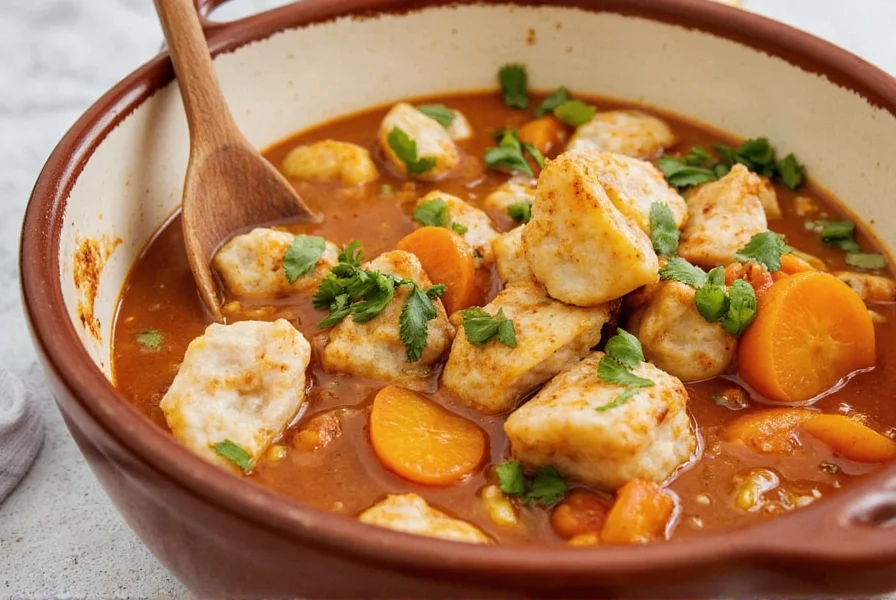
Professional Cooking Method Details
The difference between good and exceptional fisherman stew lies in these precise techniques:
Stock Preparation (Critical Step)
Authentic fish stock requires fish bones simmered with fennel, leek, and a splash of white wine for 45 minutes. The stock must contain enough gelatin to slightly coat the back of a spoon when cooled. Low-quality stock is the #1 reason for disappointing results.
Seafood Selection Guide
- Firm fish (add first): Halibut, monkfish, sea bass (1.5" cubes)
- Delicate fish (add last): Scallops, shrimp, sole (add 3-4 minutes before serving)
- Shellfish: Must be live with tightly closed shells (discard any that don't open)
Regional Variations: What Makes Each Authentic
| Stew Type | Key Differences | Required Ingredients | Cooking Time |
|---|---|---|---|
| Bouillabaisse (France) | No tomatoes, saffron-forward | Rascasse fish, olive oil, saffron | 45 minutes total |
| Cioppino (USA) | Tomato-based, heartier | Dungeness crab, tomato, wine | 60 minutes total |
| Brodetto (Italy) | Fish layered, no shellfish | 13 different fish types, vinegar | 90 minutes total |
Serving Suggestions & Perfect Pairings
Authentic presentation requires these elements:
- Roux-based rouille - Traditional garlic-saffron mayonnaise (not plain aioli)
- Crusty bread - Sourdough baguette, toasted but not fried
- Wine pairing - Dry Rosé from Provence (bouillabaisse) or Pinot Grigio (brodetto)
- Side dish - Simple arugula salad with lemon vinaigrette
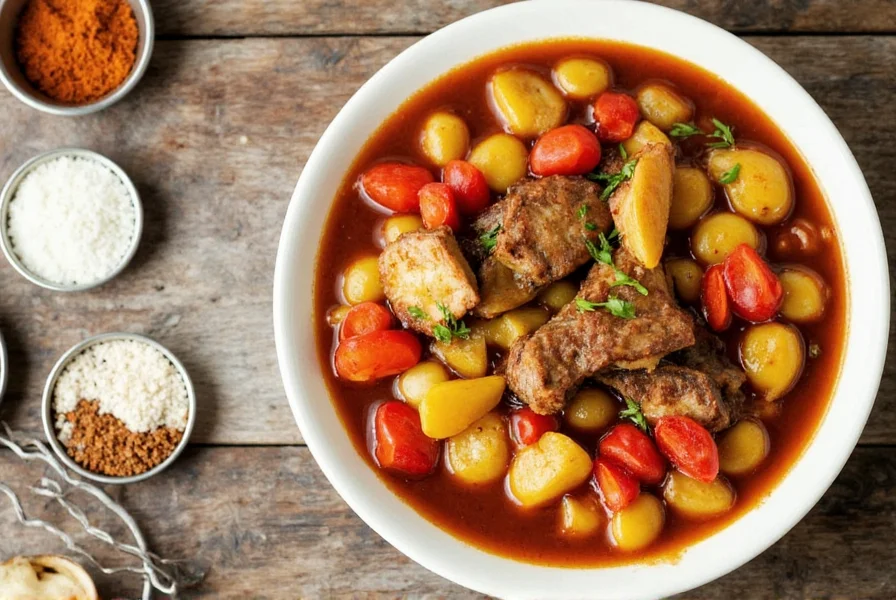
Storage, Reheating, and Freezing Guidelines
Seafood stews present unique preservation challenges:
- Refrigeration: Maximum 24 hours (seafood continues cooking in broth)
- Reheating: Gentle warming only (never boil) with splash of fresh stock
- Freezing: Not recommended (seafood texture deteriorates severely)
- Next-day improvement: Remove seafood, reheat broth, add fresh seafood
Frequently Asked Questions (Answered by Seafood Specialists)
What's the exact sequence for adding seafood to fisherman stew?
Professional chefs add seafood in this precise sequence: 1) Firm fish (halibut, monkfish) for 8-10 minutes, 2) Squid/calamares for 5 minutes, 3) Shrimp/scallops for 3-4 minutes, 4) Mussels/clams for 3 minutes. Adding all at once results in overcooked delicate seafood and undercooked firm fish.
Why does my fisherman stew turn cloudy and how can I prevent it?
Cloudiness comes from three sources: 1) Overboiling the broth (simmer gently, never boil), 2) Inadequate fish stock gelatin (use proper ratio of bones to liquid), 3) Adding acid too early (lemon juice must go in at the very end). For clear broth, maintain temperature below 185°F (85°C) throughout cooking.
What's the difference between using saffron threads versus powder?
Threads contain intact crocin compounds that release gradually during cooking, creating complex flavor. Powder often contains fillers and releases flavor too quickly, resulting in one-dimensional taste. Always use threads (20-30 per serving), bloomed in warm liquid for 10 minutes before adding. A single pinch should cost $1.50-$2.00 - if cheaper, it's likely adulterated.
Can I make authentic fisherman stew with frozen seafood?
Yes, but with critical adjustments: 1) Thaw overnight in refrigerator (never at room temperature), 2) Pat seafood extremely dry before adding, 3) Increase initial broth temperature by 10°F to compensate for cold seafood, 4) Reduce cooking time by 2-3 minutes. Never use previously frozen shellfish - they must be live for proper flavor release.
How can I tell if my fish stock is adequate for authentic stew?
Proper fish stock must have enough gelatin to slightly coat the back of a spoon when cooled to room temperature. When reduced by half, it should have noticeable viscosity. If your stock remains watery after reduction, it lacks the necessary collagen from fish bones. This is why homemade stock outperforms store-bought - commercial versions remove the gelatin for clarity.
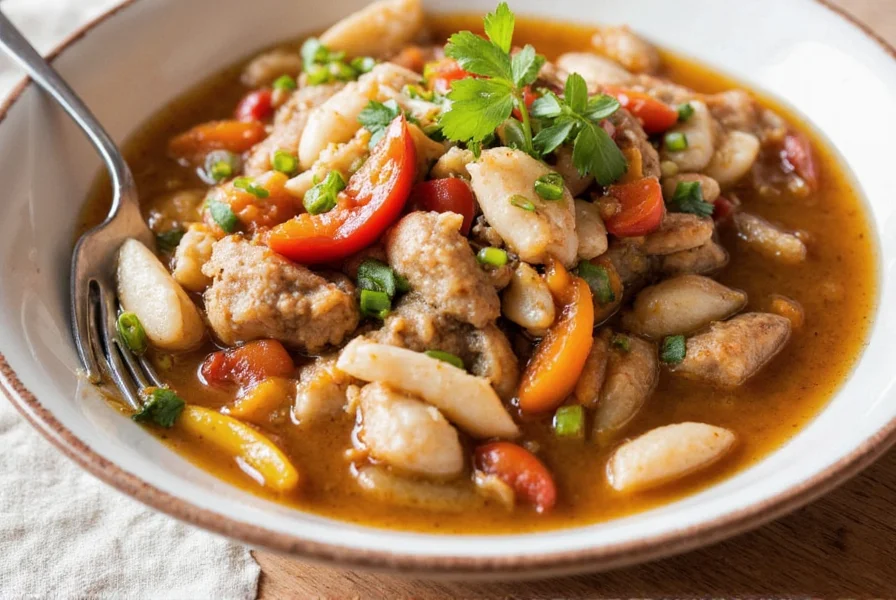
This comprehensive guide delivers everything needed to create authentic fisherman stew with professional results. By following these precise measurements, timing guidelines, and professional techniques, you'll achieve the complex flavors and textures that define this beloved coastal tradition. Remember that the secret to exceptional fisherman stew lies not in exotic ingredients but in precise execution of fundamental techniques - proper stock preparation, sequential seafood addition, and careful spice timing.











 浙公网安备
33010002000092号
浙公网安备
33010002000092号 浙B2-20120091-4
浙B2-20120091-4